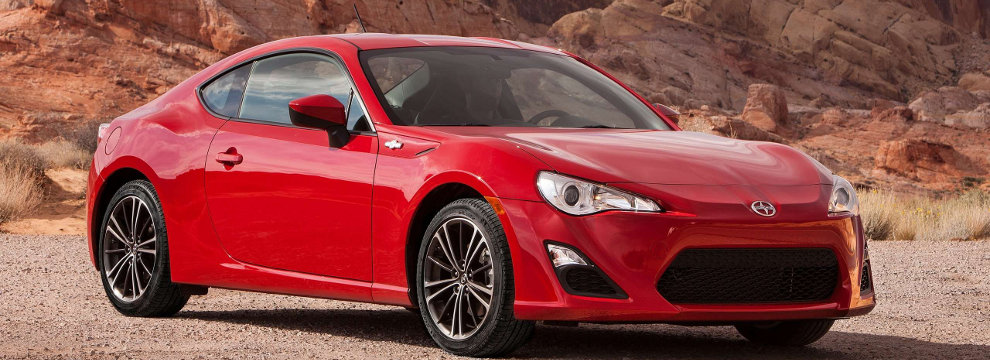
Thermostat Check and Replacement
If your cooling system is not working properly, it could be your thermostat. But make these checks first, before replacing it.
Note: The following are general instructions. Always refer to a repair manual written specifically for your car, truck, van or SUV when performing any type of maintenance work.
Check the coolant level, drive belt tension and temperature gauge operation according to your manual instructions.
If your engine seems to be taking a long time to warm up based on the air you feel coming out of the heater vents, or on temperature gauge operation, the thermostat is probably stuck in the open position and needs to be replaced.
If your engine seems to be running hot, hand-check the temperature of the lower radiator hose. If the hose is not hot but the engine is, the thermostat is probably stuck closed (which prevents the coolant inside the engine from flowing to the radiator). If this is the case, replace the thermostat. If the lower radiator hose is hot, it means the coolant is flowing and the thermostat is open. Consult the Cooling System Troubleshooting section of your manual in this case.
Warning: Your engine must be completely cool before starting this procedure.
Remove any parts that interfere with access to the thermostat and water pump. These may include heat shields, intake manifolds, etc.
Remove the water pump drain bolt and drain any excess coolant into an approved container.
Locate the thermostat housing. Loosen the hose clamp and detach the hose from the fitting. If the hose is old and worn, cut it off and install a new one.
Check the condition of the thermostat cover where it connects to the hose. If it is corroded, pitted or damaged, replace it also.
Be prepared for some coolant to spill. Detach the thermostat cover by removing the fasteners holding it to the engine block (or water pump). If the cover sticks, tap it with a soft hammer so that it comes loose.
Before removing the thermostat, note how it is installed (you will be installing the new thermostat the same way). Observe which end of the thermostat is up, or out. Then remove it.
Using a scraper, remove all traces of sealant and old gasket material from the thermostat housing and cover.
Install a new gasket on the thermostat and install the thermostat in the housing, spring end first.
Install the thermostat cover and bolts; tighten the bolts to the torque specifications in your repair manual.
Reattach the radiator hose to the outlet pipe on the thermostat cover. Use a new clamp if the old one does not tighten up correctly.
Reinstall any parts you removed previously to access the thermostat.











